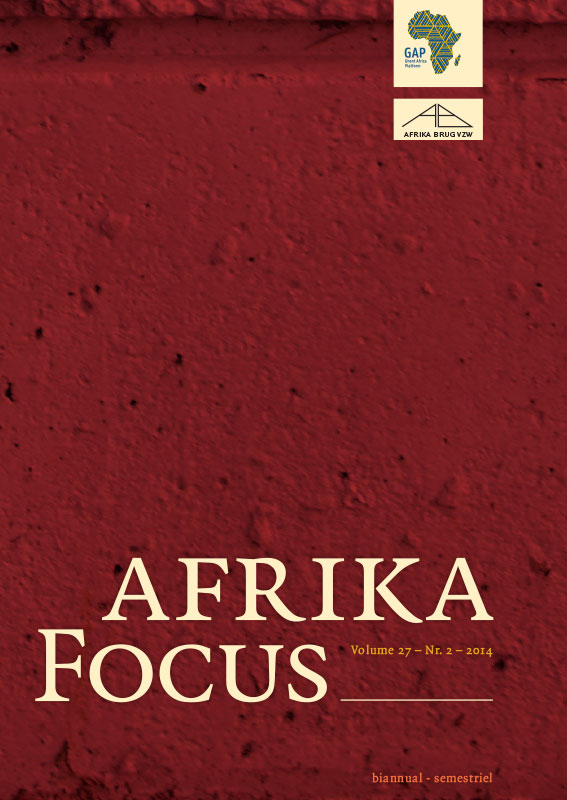Characteristics of participants in an HIV prevention intervention for youth in Rwanda: results from a longitudinal study
DOI:
https://doi.org/10.21825/af.v27i2.4880Abstract
Introduction. This paper studies determinants of participation in a peer-led school-based HIV prevention intervention in Rwanda. Methods. A baseline survey among 1071 students (mean age 17 years) assessed potential determinants of participation, while a follow-up six months in the intervention measured actual participation in the intervention. Statistical models were built using multivariate linear and multinomial regression analysis predicting overall participation, par- ticipation in group discussions and individual counseling. Results. Those who recently had sex, had been tested for HIV, feel more susceptible to HIV, have a higher sexual self-concept, a more positive future perspective (only for non-sexually active), and boys, were more likely to participate in group activities. Also students from the same class as the peer educator and boarding school students were more likely to participate in group activities. Older students and those with low external health locus of control participated more in individual counseling. Discussion. Participation could be increased by investing in general well-being of young people, organizing girls-only activities, and diversifying activities. Key words: selection bias, HIV prevention, participation rate, young people, RwandaDownloads
Published
How to Cite
Issue
Section
License
Authors who publish with this journal agree to the following terms
Authors retain copyright and grant the journal right of first publication with the work simultaneously licensed under a Creative Commons Attribution License that allows others to share the work with an acknowledgement of the work's authorship and initial publication in this journal.
Authors are able to enter into separate, additional contractual arrangements for the non-exclusive distribution of the journal's published version of the work (e.g., post it to an institutional repository or publish it in a book), with an acknowledgement of its initial publication in this journal.
Authors are permitted and encouraged to post their work online (e.g., in institutional repositories or on their website) prior to and during the submission process, as it can lead to productive exchanges, as well as earlier and greater citation of published work (See The Effect of Open Access).


